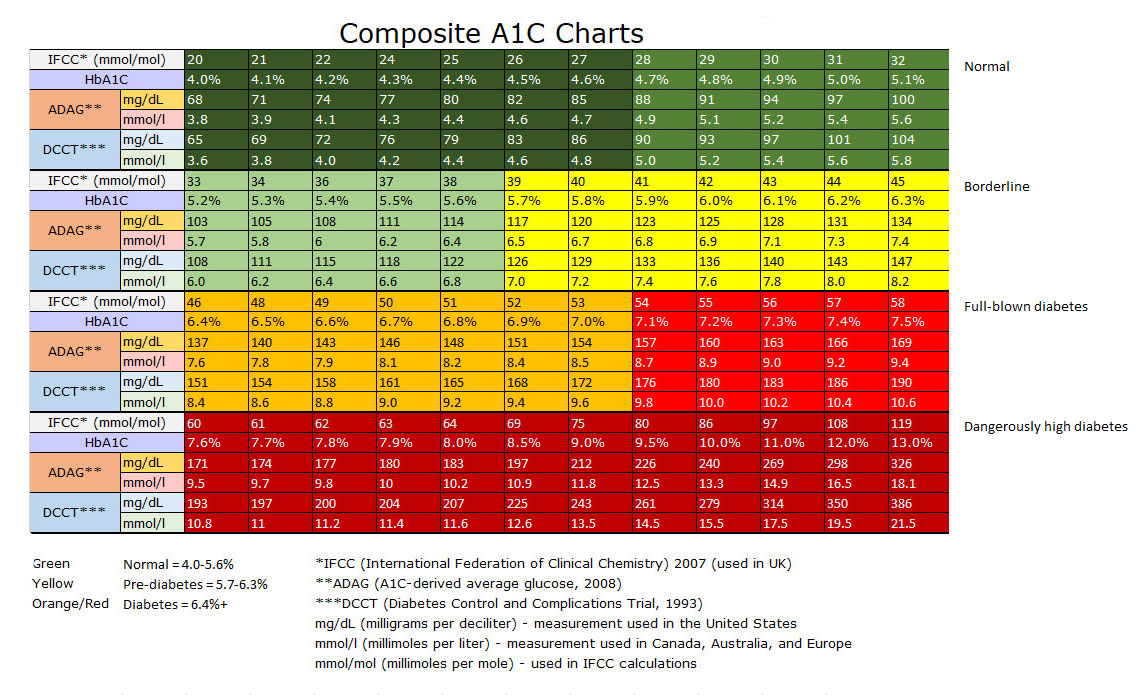What is normal a1c count. Understanding A1C: Normal Levels, Testing, and Management for Diabetes Prevention
What is a normal A1C count. How does the A1C test for diabetes work. What does the A1C test measure. What are the goals for A1C levels. How often should you get an A1C test. How can you manage your A1C levels.
What Is the A1C Test and Why Is It Important?
The A1C test, also known as the hemoglobin A1c or HbA1C test, is a crucial tool in diagnosing and managing diabetes and prediabetes. Unlike a standard blood glucose test that provides a snapshot of your blood sugar at a specific moment, the A1C test offers a comprehensive view of your average blood sugar levels over approximately 90 days.
The test measures the percentage of glycosylated hemoglobin in your blood, which directly correlates with your average blood sugar levels. This long-term perspective makes the A1C test invaluable for healthcare providers in assessing a patient’s overall glycemic control and determining the effectiveness of diabetes management strategies.
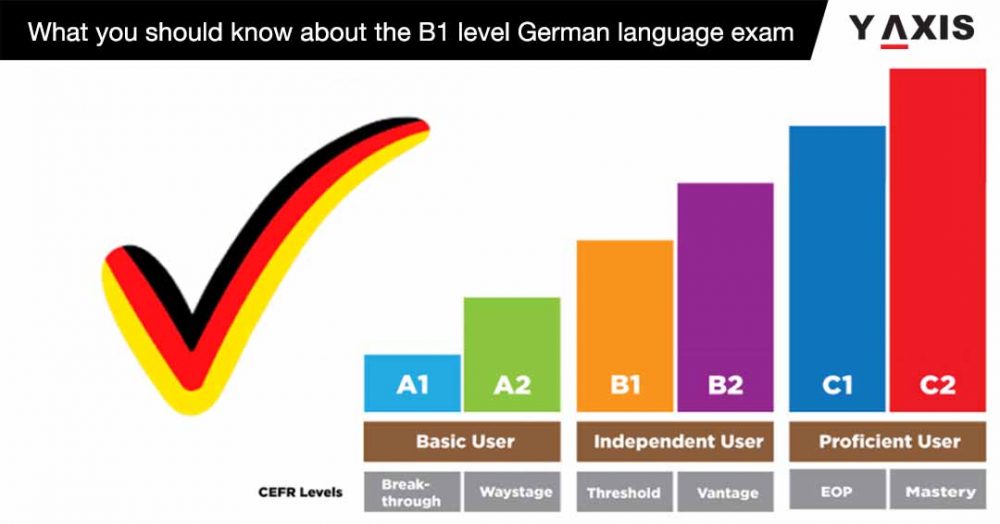
How Does Hemoglobin Relate to Blood Sugar?
Hemoglobin, a protein found in red blood cells, plays a central role in the A1C test. Its primary function is to transport oxygen from the lungs to various cells throughout the body. When glucose enters the bloodstream, it attaches to hemoglobin molecules. The higher the blood glucose levels, the more glucose binds to hemoglobin, resulting in a higher percentage of glycosylated hemoglobin.
This binding process occurs naturally and continuously throughout the lifespan of red blood cells, which is typically about 120 days. By measuring the percentage of hemoglobin that has glucose attached, the A1C test provides a reliable indicator of average blood sugar levels over the past three months.
The Science Behind the A1C Test for Diabetes
The A1C test works by measuring the percentage of red blood cells that have glucose bound to their hemoglobin. This measurement is expressed as a percentage, reflecting the average blood glucose levels over the past 2-3 months. The test is particularly useful because it’s not affected by short-term fluctuations in blood sugar levels, such as those caused by recent meals or stress.

While the A1C test provides an average over several months, it’s important to note that recent blood glucose levels have a more significant impact on the results. Specifically, blood glucose levels within the past month contribute more heavily to the A1C measurement than those from earlier periods.
Interpreting A1C Results
Understanding your A1C results is crucial for assessing your risk of developing diabetes or managing existing diabetes. Here’s a breakdown of what different A1C percentages mean:
- Below 5.7%: Considered normal
- 5.7% to 6.4%: Indicates prediabetes
- 6.5% or higher: Diagnostic of diabetes
For individuals with diagnosed diabetes, the A1C test serves as a vital tool for monitoring how well their treatment plan is working and whether any adjustments are necessary. Regular A1C testing allows healthcare providers to track progress and make informed decisions about diabetes management strategies.
Normal A1C Levels and What They Mean
A normal A1C level is generally considered to be below 5.7%. This indicates that your average blood sugar levels have been within a healthy range over the past three months. However, it’s important to understand that A1C levels exist on a spectrum, and even within the “normal” range, lower values are generally associated with better overall health outcomes.
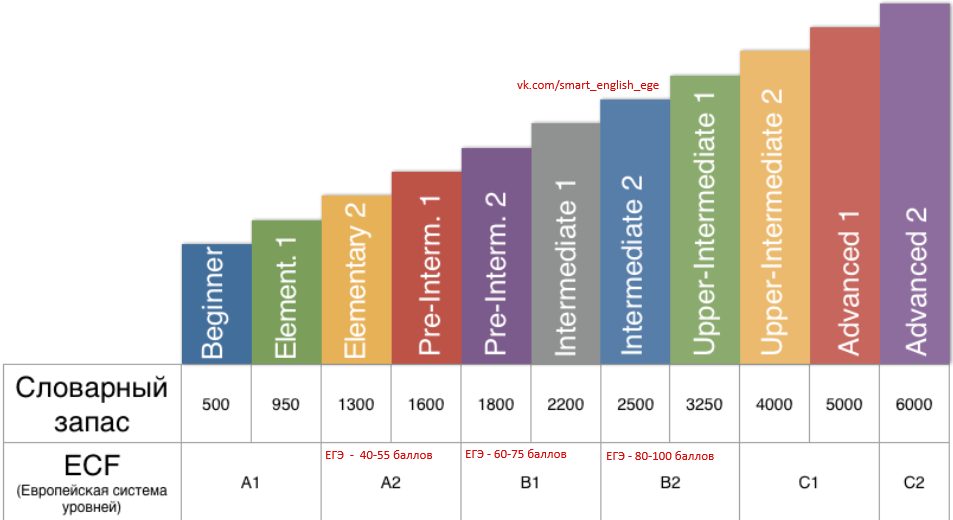
If your A1C result falls between 5.7% and 6.4%, you’re in the prediabetes range. This is a critical stage where lifestyle interventions can significantly reduce your risk of developing type 2 diabetes. The closer your A1C is to 6.4%, the higher your risk of progressing to diabetes, making it crucial to take action to lower your blood sugar levels.
Actions to Take Based on Your A1C Results
Depending on your A1C results, here are some recommended actions:
- Normal A1C (below 5.7%): Maintain a healthy lifestyle with regular exercise and a balanced diet.
- Prediabetes (5.7% – 6.4%): Consult with your healthcare provider about implementing lifestyle changes, including increased physical activity and dietary modifications.
- Diabetes (6.5% or higher): Work closely with your healthcare team to develop a comprehensive diabetes management plan, which may include medication, lifestyle changes, and regular monitoring.
Setting and Achieving A1C Goals for Diabetes Management
For individuals diagnosed with diabetes, setting appropriate A1C goals is a crucial part of managing the condition effectively. The American Diabetes Association (ADA) recommends an A1C target of 7% or less for most adults with diabetes. However, it’s important to recognize that A1C goals should be individualized based on various factors, including age, overall health status, and the presence of other medical conditions.
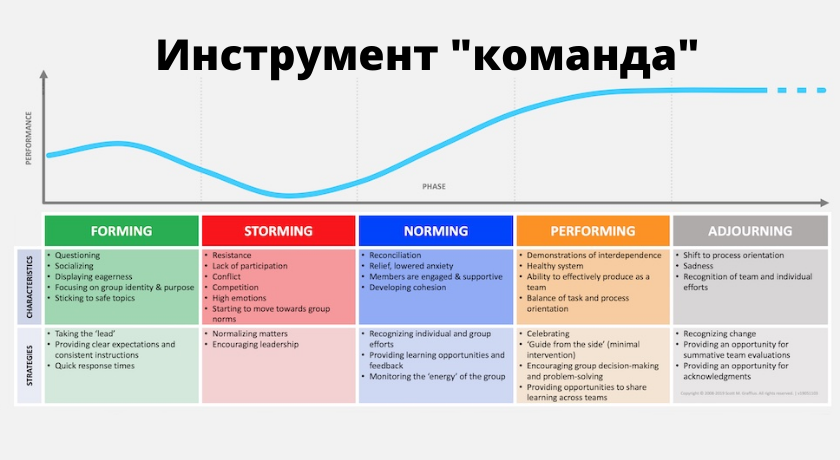
Younger individuals with diabetes may benefit from more stringent A1C goals, as maintaining tighter blood sugar control over many years can significantly reduce the risk of long-term complications. Conversely, older adults or those with multiple health conditions may have less stringent A1C targets to balance the benefits of glucose control with the risks of hypoglycemia and other adverse effects.
Factors Influencing A1C Goals
Several factors can influence the appropriate A1C goal for an individual:
- Age and life expectancy
- Duration of diabetes
- Presence of cardiovascular disease or other complications
- Risk of severe hypoglycemia
- Patient’s ability to adhere to treatment regimens
- Overall health status and quality of life considerations
The National Institute of Diabetes and Digestive and Kidney Diseases suggests that an A1C level between 7% and 8%, or potentially higher in some cases, may be appropriate for individuals with limited life expectancy, advanced diabetes complications, or difficulty reaching lower goals despite intensive management efforts.

Frequency of A1C Testing: Guidelines and Recommendations
The frequency of A1C testing depends on various factors, including your current health status, risk factors, and whether you have been diagnosed with diabetes or prediabetes. Understanding when to get tested is crucial for early detection and effective management of blood sugar levels.
A1C Testing for Adults Without Diabetes
For adults without a diabetes diagnosis, the following guidelines apply:
- Adults aged 45 and older should get a baseline A1C test, regardless of risk factors.
- If you’re under 45 but overweight and have additional risk factors for diabetes, you should also be tested.
- With normal results and no risk factors, repeat testing every three years.
- If you have prediabetes, testing should be done every 1-2 years.
A1C Testing for Individuals with Diabetes
For those diagnosed with diabetes, more frequent testing is typically recommended:
- At least twice a year for individuals meeting treatment goals and with stable glycemic control.
- Quarterly testing for those not meeting glycemic goals or who have had recent changes in therapy.
It’s important to note that these are general guidelines, and your healthcare provider may recommend a different testing schedule based on your individual circumstances.
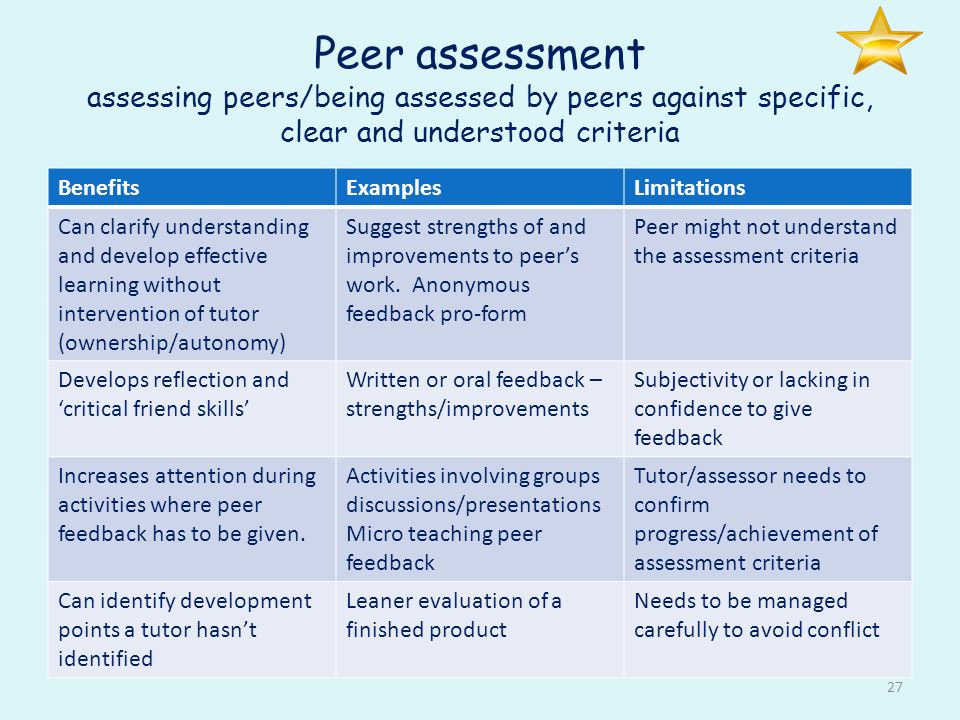
Strategies for Managing and Improving A1C Levels
Whether you’re aiming to prevent diabetes or manage existing diabetes, there are several effective strategies for improving your A1C levels. These approaches focus on lifestyle modifications that can have a significant impact on your blood sugar control over time.
Weight Management
Losing weight, even a modest amount, can dramatically improve insulin sensitivity and lower A1C levels. The American Diabetes Association notes that losing just 10 to 15 pounds can make a substantial difference in preventing or managing diabetes. Sustainable weight loss through a combination of diet and exercise is key to long-term A1C improvement.
Regular Physical Activity
Exercise plays a crucial role in lowering blood sugar levels and improving A1C. Physical activity increases insulin sensitivity, allowing your body to use glucose more effectively. Aim for at least 150 minutes of moderate-intensity aerobic activity or 75 minutes of vigorous-intensity aerobic activity per week, along with muscle-strengthening activities at least two days a week.

Balanced Nutrition
A diet rich in fruits, vegetables, whole grains, and lean proteins can help manage blood sugar levels effectively. Focus on:
- Incorporating a variety of non-starchy vegetables
- Choosing whole grains over refined carbohydrates
- Including lean proteins and healthy fats in your meals
- Limiting processed foods high in added sugars, saturated fats, and sodium
Portion control and consistent meal timing can also contribute to better blood sugar management and improved A1C levels.
Advanced Considerations in A1C Testing and Interpretation
While the A1C test is a valuable tool for diagnosing and monitoring diabetes, there are some advanced considerations that healthcare providers and patients should be aware of to ensure accurate interpretation of results.
Factors Affecting A1C Accuracy
Several factors can influence A1C results, potentially leading to inaccurate readings:
- Hemoglobin variants: Certain genetic conditions affecting hemoglobin structure can interfere with A1C measurements.
- Anemia or other blood disorders: Conditions that affect red blood cell turnover can impact A1C results.
- Recent blood transfusions: These can temporarily alter A1C levels.
- Pregnancy: Increased red blood cell turnover during pregnancy can lead to lower A1C levels.
- Certain medications: Some drugs can affect A1C results by altering red blood cell lifespan or glucose metabolism.
In cases where these factors may be present, healthcare providers might use alternative methods to assess blood sugar control, such as fructosamine tests or continuous glucose monitoring.

A1C and Glucose Management Indicator (GMI)
The Glucose Management Indicator (GMI) is a newer metric that provides an estimated A1C based on average glucose readings from continuous glucose monitoring (CGM) devices. While not a direct replacement for A1C testing, GMI can offer valuable insights into glycemic control, especially for individuals using CGM technology.
GMI can be particularly useful for:
- Providing more frequent feedback on glucose control
- Assessing the effectiveness of short-term interventions
- Complementing A1C results for a more comprehensive view of glucose management
Understanding the relationship between A1C, GMI, and daily glucose patterns can help individuals and healthcare providers make more informed decisions about diabetes management strategies.
Emerging Technologies and Future Directions in Glycemic Monitoring
As our understanding of diabetes management evolves, so do the technologies and methodologies for monitoring blood glucose levels. While the A1C test remains a cornerstone of diabetes care, new approaches are emerging that may provide even more detailed and actionable information for patients and healthcare providers.

Continuous Glucose Monitoring (CGM)
Continuous Glucose Monitoring systems have revolutionized diabetes management by providing real-time, continuous data on blood glucose levels. These devices offer several advantages:
- Instant feedback on glucose trends and patterns
- Alerts for high or low blood sugar levels
- Improved understanding of how diet, exercise, and medications affect glucose levels
- Potential for better overall glycemic control
While CGM doesn’t replace A1C testing, it complements it by providing a more detailed picture of day-to-day glucose fluctuations. This can be particularly valuable for adjusting treatment plans and lifestyle factors to optimize blood sugar control.
Glycated Albumin Testing
Glycated albumin (GA) testing is an alternative method for assessing medium-term glycemic control. Unlike A1C, which reflects glucose levels over 2-3 months, GA provides information about glucose control over the past 2-3 weeks. This can be useful in situations where:

- Rapid assessment of glycemic control is needed
- A1C results may be unreliable due to certain medical conditions
- Monitoring short-term changes in glucose management is crucial
While not yet as widely used as A1C testing, GA may offer additional insights into glucose control, especially when used in conjunction with other monitoring methods.
Artificial Intelligence and Predictive Analytics
The integration of artificial intelligence (AI) and machine learning algorithms with glucose monitoring data is opening new possibilities for diabetes management. These technologies can:
- Predict future glucose trends based on historical data
- Provide personalized recommendations for diet, exercise, and medication adjustments
- Identify patterns that may indicate increased risk of complications
- Assist healthcare providers in optimizing treatment plans
As these technologies continue to evolve, they have the potential to significantly enhance diabetes care by providing more personalized and proactive management strategies.
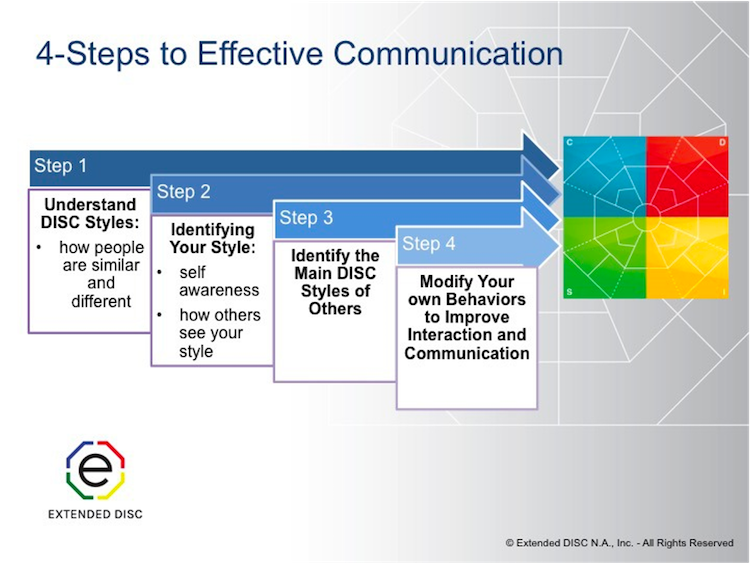
Psychological Aspects of A1C Monitoring and Diabetes Management
While the medical aspects of A1C monitoring and diabetes management are crucial, it’s equally important to consider the psychological impact of living with diabetes and constantly monitoring one’s health. The emotional and mental health aspects of diabetes care can significantly influence a person’s ability to achieve and maintain optimal A1C levels.
Diabetes Distress and A1C Goals
Diabetes distress refers to the emotional burden of managing a chronic condition like diabetes. It can manifest as feelings of overwhelm, frustration, or burnout related to diabetes care. Research has shown that diabetes distress can negatively impact glycemic control and lead to higher A1C levels. Recognizing and addressing diabetes distress is essential for comprehensive diabetes management.
Strategies to manage diabetes distress include:
- Setting realistic and personalized A1C goals
- Focusing on progress rather than perfection
- Seeking support from healthcare providers, mental health professionals, or support groups
- Practicing self-compassion and acknowledging the challenges of diabetes management
Motivational Strategies for A1C Improvement
Maintaining motivation for long-term diabetes management can be challenging. Implementing effective motivational strategies can help individuals stay committed to their A1C goals:

- Celebrate small victories: Acknowledge improvements in A1C levels, even if they’re modest.
- Use visual aids: Track progress with graphs or charts to visualize improvements over time.
- Set short-term goals: Break down larger A1C goals into smaller, achievable milestones.
- Utilize technology: Use diabetes management apps or wearables to gamify the process of glucose control.
- Connect with peers: Join diabetes support communities to share experiences and find motivation.
By addressing both the physical and psychological aspects of diabetes management, individuals can work towards achieving and maintaining optimal A1C levels while also preserving their overall well-being and quality of life.
What is the A1C Test for Diabetes?
Used in the diagnosis and management of diabetes and prediabetes, the A1C blood test—full name hemoglobin A1c or HbA1C test—measures your average blood sugar over a roughly 90-day period. This is different from a blood glucose test, which measures your blood sugar at one moment in time. Here are answers to common questions about A1C testing.
What Is an A1C Test?
This simple blood test measures your average blood sugar (glucose) levels over roughly the past three months. The results are given as a percentage. The A1C test is commonly used to diagnose prediabetes and diabetes by measuring the amount of glycosylated hemoglobin (also referred to as hemoglobin A1C or HbA1C) in your blood.
What Is Hemoglobin?
Hemoglobin is a protein in red blood cells that carries oxygen from the lungs to the cells in the rest of the body. When sugar enters the bloodstream, it attaches to hemoglobin. The higher the glucose level in your bloodstream, the more glucose will bind to the hemoglobin. Glycosylated hemoglobin, also called glycated hemoglobin, refers to hemoglobin that has glucose bound to it.
Glycosylated hemoglobin, also called glycated hemoglobin, refers to hemoglobin that has glucose bound to it.
How Does the A1C Test for Diabetes Work?
The A1C test measures what percentage of red blood cells are coated with glucose. The test is able to show your average glucose level over several months because glucose sticks to hemoglobin for as long as the red blood cells are alive, which is about three months. Even though the results are a long-term average, blood glucose levels within the past month have the most impact on the measurement.
What Does the A1C Test for Diabetes Measure?
By measuring what percentage of red blood cells are coated with glucose, the test is able to determine if blood sugar levels are within the normal range or indicate prediabetes or diabetes. For people with type 1 or type 2 diabetes, the test can monitor how well treatment is working and if any modifications are needed.
What’s a Normal Hemoglobin A1C Result?
Below 5. 7% is a normal reading. The range for prediabetes is 5.7%–6.4%. Diabetes is diagnosed with an A1C of 6.5% or more.
7% is a normal reading. The range for prediabetes is 5.7%–6.4%. Diabetes is diagnosed with an A1C of 6.5% or more.
What to Do if Your A1C Levels are High
If your result shows you have prediabetes, talk to your doctor about improving your health through lifestyle changes such as becoming more active and changing your diet. Within the range for prediabetes, the higher your A1C, the greater your risk of developing type 2 diabetes, so lowering the number is beneficial.
If your test shows a level of 6.5% or more, your doctor may perform additional tests to confirm that you have diabetes. However, if your blood sugar level is very high or you have clear symptoms of diabetes you may be diagnosed without a second test, according to the American Diabetes Association (ADA). (Symptoms may include increased thirst and appetite, blurred vision, and increased urination, particularly at night.)
If you are diagnosed with diabetes, you can ask your doctor for a referral to classes and support services for help managing the condition.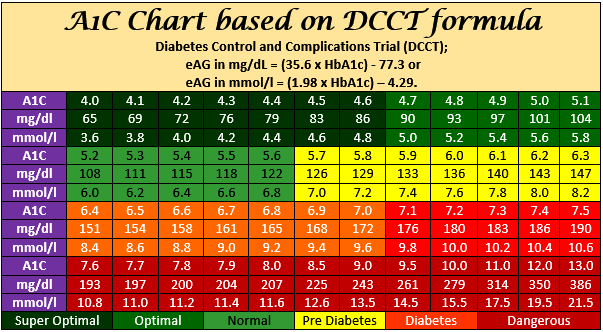
Goals for A1C Levels
According to the ADA, the A1C goal for most people with diabetes is 7% or less. But goals should be individualized based on age and other factors, such as medical conditions. Older people may have a higher goal, but if you are younger, your doctor may set a lower goal to reduce the risk of complications over the years.
The National Institute of Diabetes and Digestive and Kidney Diseases notes that an AIC level between 7% and 8%, or potentially higher in some cases, may be appropriate for people with limited life expectancy, advanced diabetes complications, or difficulty reaching a lower goal after having diabetes for a long time.
How Often Do you Need to Test?
Starting at age 45, adults should get a baseline A1C test. If you’re younger than 45, overweight, and have any risk factors for diabetes, you should get tested. (Risk factors include family history, inactive lifestyle, and certain racial/ethnic backgrounds.)
If your result is normal but you’re over 45, have risk factors, or have ever had gestational diabetes, repeat the test every three years.

If your result indicates prediabetes, your doctor will likely recommend testing every one to two years.
If you have diabetes, get tested at least twice a year. You may need more frequent tests if your medication changes or you have other health conditions.
How to Manage A1C Levels
If you are diagnosed with prediabetes, there are steps you can take to reduce your risk of developing diabetes, the ADA says.
Losing weight, even 10 to 15 pounds, can make a big difference in prevention. Moderate exercise also lowers blood sugar by making your body more sensitive to insulin. Done regularly, it can lower your A1C levels.
As for dietary recommendations, aim for a diet rich in fruits, vegetables, and whole grains. Limit foods that are packaged and processed with high amounts of saturated fat, sodium, and added sugar. When reading food labels, check the ingredients list for other names for sugar, including sucrose, honey, and high fructose corn syrup.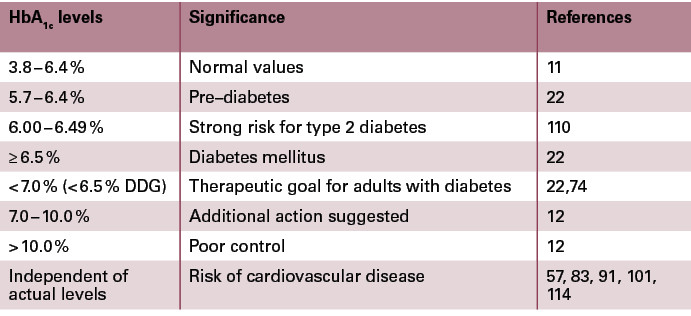
Aim to eat complex carbohydrates that will keep you full and keep your blood sugar from rising too quickly. Examples include plain sweet potatoes, brown rice, and whole-grain pasta. Consider seeking advice from a registered dietician or searching for diabetes-friendly recipes online.
Fasting is not required. But if your result is high, your doctor may order a fasting blood glucose test.
In most cases, the test should not be the sole factor in diagnosing diabetes. If your result is within the range for prediabetes or diabetes but you don’t have any symptoms, the test should be repeated to confirm the result.
If you have certain medical conditions that affect your red blood cells, such as anemia or sickle cell disease, an A1C test may not be accurate for diagnosing diabetes. Your doctor can use other tests to diagnose prediabetes and diabetes.
New, stricter quality control standards have led to more precise A1C results. However, a test repeated with the same blood sample can still produce results that are slightly higher or lower than the initial test.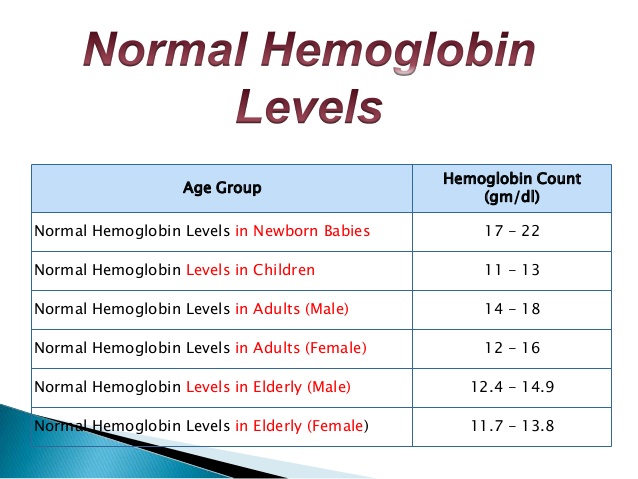
In some cases, the results from an A1C test may conflict with a blood glucose test, such as one test indicating diabetes when the other does not. When results differ, tests can be repeated before making a diagnosis.
Another explanation for inconsistent test results is that you could be in the early stages of diabetes and your glucose levels have not risen high enough to show up on every test. In that case, your provider may follow you closely and repeat the test in a few months.
A level of 6.5% or lower is considered optimal if it can be achieved in a safe and affordable manner, according to the American Association of Clinical Endocrinologists and American College of Endocrinology.
Consistent lifestyle changes will take about a month to be reflected on a test. Large changes in your blood glucose levels over the past 30 days will show up, but the test won’t show sudden, temporary increases or decreases.
Yes. In times of stress, the body will prepare by ensuring it has enough sugar readily available for energy.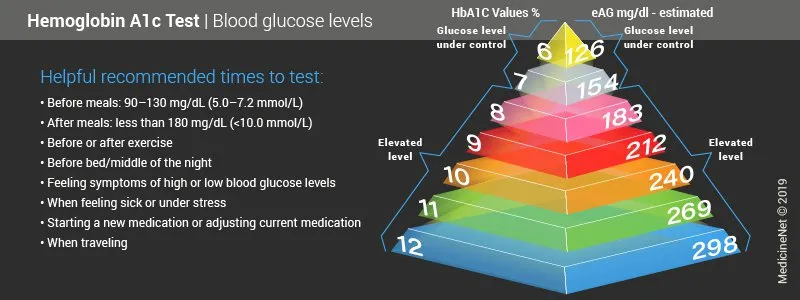 Insulin levels fall and more glucose is released from the liver.
Insulin levels fall and more glucose is released from the liver.
Additionally, higher stress and anxiety levels can make it harder for some people to exercise and make healthy eating choices. Reducing stress through practices such as yoga or meditation or seeking counseling may be helpful.
Notes: This article was originally published October 6, 2022 and most recently updated October 25, 2022.
- U.S. Centers for Disease Control and Prevention. All About Your A1C. Last reviewed August 10, 2021. Accessed October 3, 2022.
- National Institutes of Health, National Library of Medicine. MedlinePlus. Hemoglobin A1C (HbA1C) Test. Accessed October 3, 2022.
- American Diabetes Association. Understanding A1C: A1C Does It All. Accessed October 3, 2022.
- American Diabetes Association. Getting Started Safely: Blood Sugar and Exercise. Accessed October 3, 2022.
- National Institute of Diabetes and Digestive and Kidney Diseases. The A1C Test and Diabetes.
 Last reviewed April 2018. Accessed October 3, 2022.
Last reviewed April 2018. Accessed October 3, 2022. - Garber AJ, Handelsman Y, Grunberger G, Einhorn D, Abrahamson MJ, Barzilay JI, Blonde L, Bush MA, DeFronzo RA, Garber JR, Garvey WT, Hirsch IB, Jellinger PS, McGill JB, Mechanick JI, Perreault L, Rosenblit PD, Samson S, Umpierrez GE. Consensus Statement by the American Association of Clinical Endocrinologists and American College of Endocrinology on the Comprehensive Type 2 Diabetes Management Algorithm – 2020 Executive Summary. Endocr Pract. 2020 Jan;26(1):107-139. doi: 10.4158/CS-2019-0472.
- Wong H, Singh J, Go RM, Ahluwalia N, Guerrero-Go MA. The Effects of Mental Stress on Non-insulin-dependent Diabetes: Determining the Relationship Between Catecholamine and Adrenergic Signals from Stress, Anxiety, and Depression on the Physiological Changes in the Pancreatic Hormone Secretion. Cureus. 2019 Aug 24;11(8):e5474. doi: 10.7759/cureus.5474.
Our Review Process
A1C test Information | Mount Sinai
HbA1C test; Glycated hemoglobin test; Glycohemoglobin test; Hemoglobin A1C; Diabetes – A1C; Diabetic – A1C
A1C is a lab test that shows the average level of blood sugar (glucose) over the previous 3 months.![]() It shows how well you are controlling your blood sugar to help prevent complications from diabetes.
It shows how well you are controlling your blood sugar to help prevent complications from diabetes.
Blood is drawn from a vein (venipuncture), usually from the inside of the elbow or the back of the hand. A needle is inserted into the vein, and the blood is collected in an air-tight vial or a syringe. Preparation may vary depending on the specific test.
How the Test is Performed
A blood sample is needed. Two methods are available:
- Blood drawn from a vein. This is done at a lab.
- Finger stick. This can be done in your health care provider’s office. Or, you may be prescribed a kit that you can use at home. Results by finger stick may differ slightly from blood drawn from a vein, but in most cases can also be used to monitor your treatment.
How to Prepare for the Test
No special preparation is needed.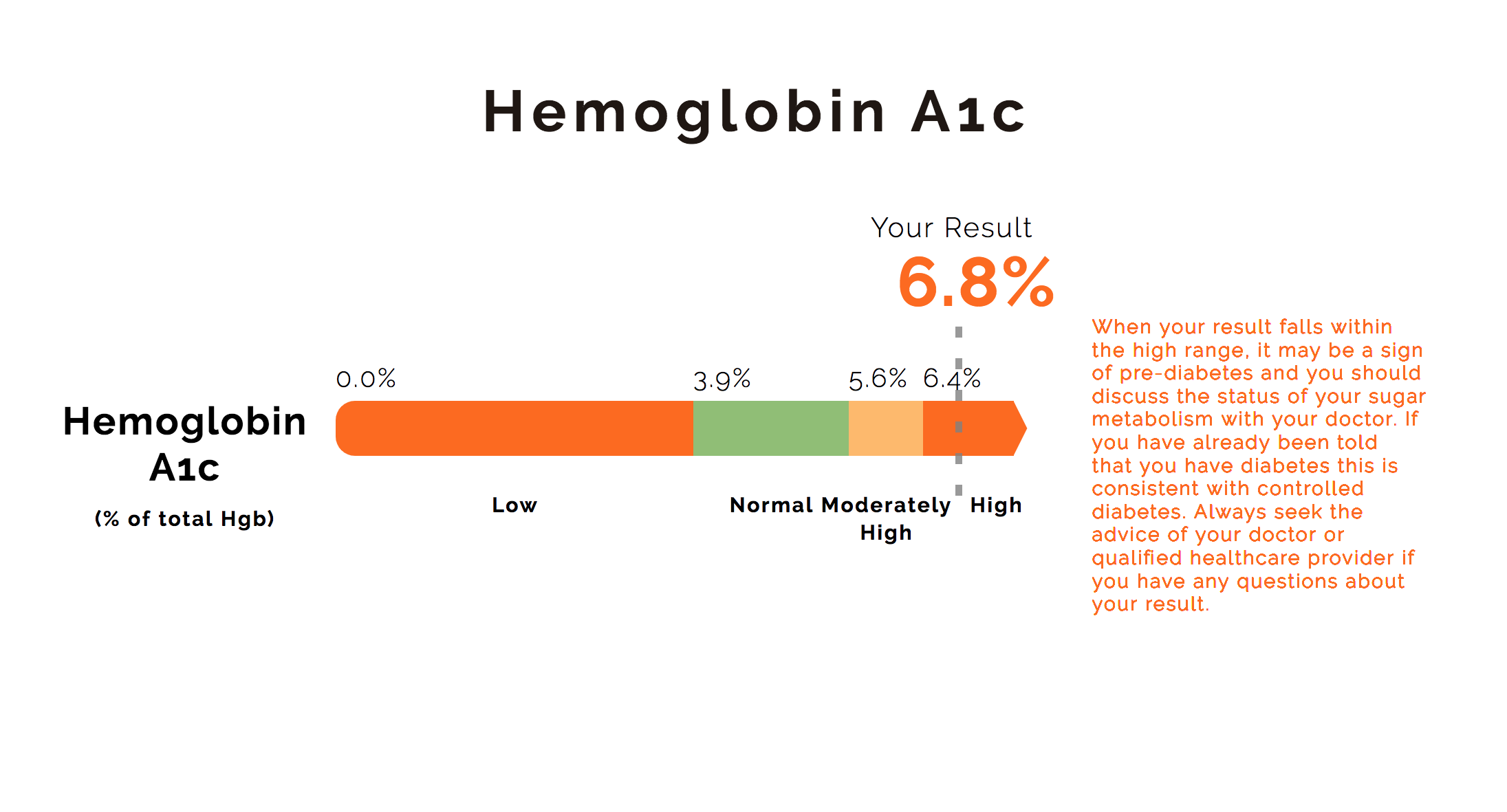 The food you have recently eaten does not affect the A1C test, so you do not need to fast to prepare for this blood test.
The food you have recently eaten does not affect the A1C test, so you do not need to fast to prepare for this blood test.
How the Test will Feel
With a finger stick, you may feel slight pain.
With blood drawn from a vein, you may feel a slight pinch or some stinging when the needle is inserted. Afterward, there may be some throbbing or a slight bruise. This soon goes away.
Why the Test is Performed
Your provider may order this test if you have diabetes.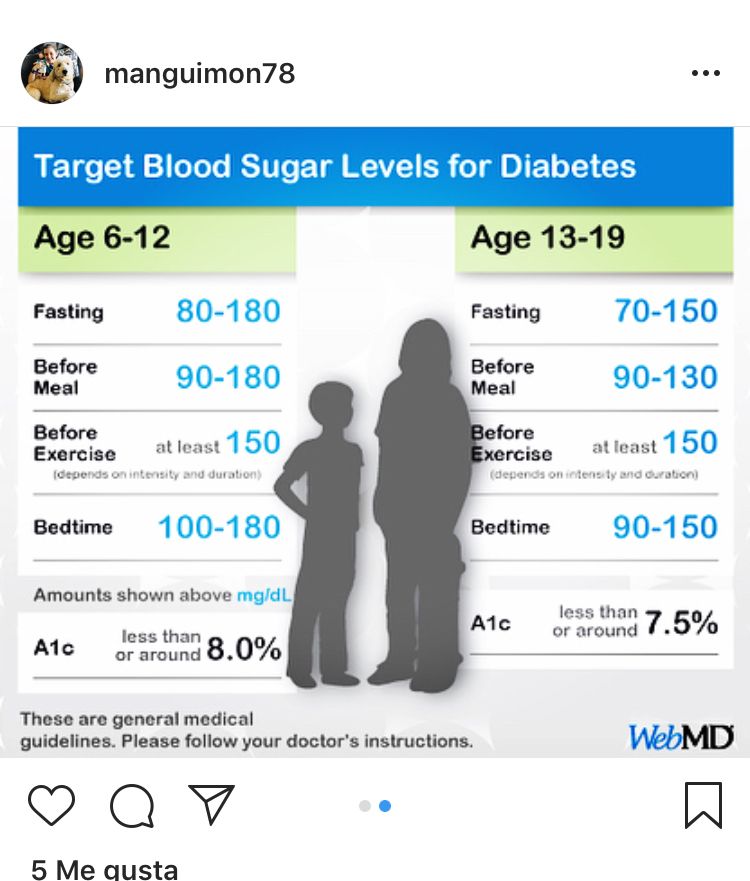 It shows how well you are controlling your diabetes.
It shows how well you are controlling your diabetes.
The test may also be used to screen for diabetes.
Ask your provider how often you should have your A1C level tested. Usually, testing every 3 or 6 months is recommended.
Normal Results
The following are the results when A1C is being used to diagnose diabetes:
- Normal (no diabetes): Less than 5.7%
- Pre-diabetes: 5.7% to 6.4%
- Diabetes: 6.5% or higher
If you have diabetes, you and your provider will discuss the correct range for you. For many people, the goal is to keep the level below 7%.
The test result may be incorrect in people with anemia, kidney disease, liver disease, or certain blood disorders (thalassemia). Talk to your provider if you have any of these conditions. Certain medicines can also result in a false A1C level.
Talk to your provider if you have any of these conditions. Certain medicines can also result in a false A1C level.
The examples above are common measurements for results of these tests. Normal value ranges may vary slightly among different laboratories. Talk to your provider about the meaning of your specific test results.
What Abnormal Results Mean
An abnormal result means that you have had a high blood sugar level over a period of weeks to months.
If your A1C is 6.5% or higher and you do not already have diabetes, you may be diagnosed with diabetes.
If your level is above 7% and you have diabetes, it often means that your blood sugar is not as well controlled as would be ideal. You and your provider should determine your target A1C.
You and your provider should determine your target A1C.
Many labs now use the A1C to calculate an estimated average glucose (eAG). This estimate may be different from the average blood sugars you are recording from your glucose meter or continuous glucose monitor. Talk to your provider about what this means. The actual blood sugar readings are usually more reliable than the estimated average glucose based on the A1C.
The higher your A1C, the higher the risk that you will develop problems such as:
- Eye disease
- Heart disease
- Kidney disease
- Nerve damage
- Stroke
If your A1C stays high, talk to your provider about how to best manage your blood sugar.
Risks
There is little risk involved with having your blood taken.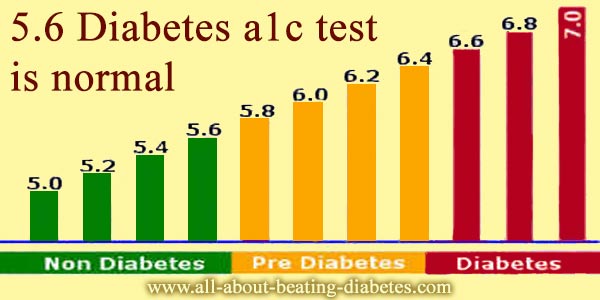 Veins and arteries vary in size from one person to another and from one side of the body to the other. Taking blood from some people may be more difficult than from others.
Veins and arteries vary in size from one person to another and from one side of the body to the other. Taking blood from some people may be more difficult than from others.
Other risks of having blood drawn are slight, but may include:
- Excessive bleeding
- Multiple punctures to locate veins
- Fainting or feeling lightheaded
- Hematoma (blood accumulating under the skin)
- Infection (a slight risk any time the skin is broken)
American Diabetes Association Professional Practice Committee; Drazin B, Aroda VR, et al. 6. Glycemic targets: standards of medical care in diabetes – 2022. Diabetes Care. 2022;45(Suppl 1):S83-S96. pubmed.ncbi.nlm.nih.gov/34964868/.
Chernecky CC, Berger BJ. Glycosylated hemoglobin (GHb, glycohemoglobin, glycated hemoglobin, HbA1a, HbA1b, HbA1c) – blood.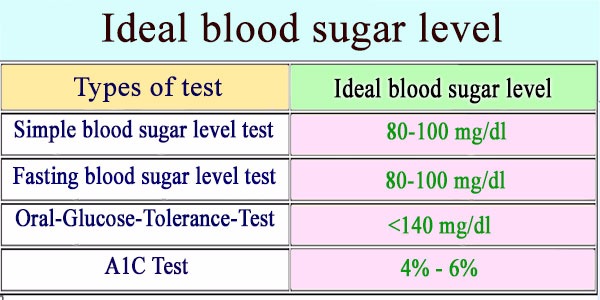 In: Chernecky CC, Berger BJ, eds. Laboratory Tests and Diagnostic Procedures. 6th ed. St Louis, MO: Elsevier Saunders; 2013:596-597.
In: Chernecky CC, Berger BJ, eds. Laboratory Tests and Diagnostic Procedures. 6th ed. St Louis, MO: Elsevier Saunders; 2013:596-597.
Last reviewed on: 4/29/2022
Reviewed by: Sandeep K. Dhaliwal, MD, board-certified in Diabetes, Endocrinology, and Metabolism, Springfield, VA. Also reviewed by David C. Dugdale, MD, Medical Director, Brenda Conaway, Editorial Director, and the A.D.A.M. Editorial team.
what is the most important test for diabetes in Israel
1 More photo
A1c analysis for glycated hemoglobin
(Photo: shutterstock)
People with diabetes should be aware of the importance of a blood test for the so-called sugar hemoglobin (the correct medical name – analysis for glycated hemoglobin, or A1c). If the A1c level is too high, this indicates a significant excess of blood sugar. When the rate is high for a long time, it can cause complications.
A healthy lifestyle – regular exercise, a personalized diet and medication – can lower blood sugar levels.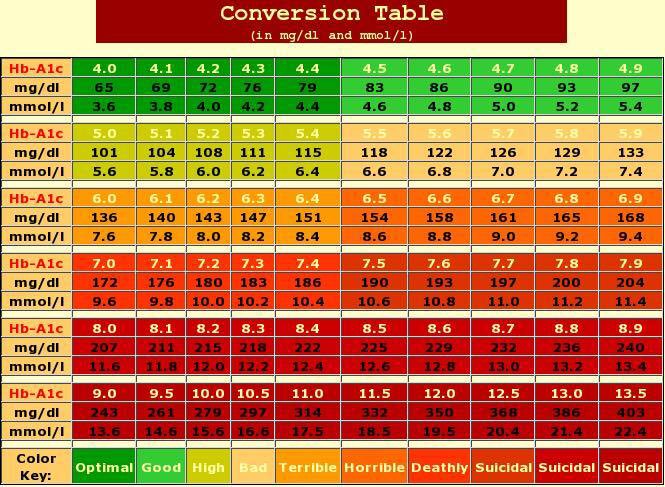 At the same time, the A1c indicator will also decrease, and with it the risk of health disorders, especially those associated with the state of the circulatory system.
At the same time, the A1c indicator will also decrease, and with it the risk of health disorders, especially those associated with the state of the circulatory system.
► What is special about the sugar hemoglobin test
When glucose enters the blood, it binds to hemoglobin, the protein that carries oxygen in the body. The resulting compound is called glycated hemoglobin (Hemoglobin mesukrar in Hebrew).
A1c test results reflect the average blood sugar level over the past 3 months. This analysis indicates not only the presence of diabetes, but also whether the patient leads the right lifestyle.
The name A1c is due to the fact that 95-98% of the hemoglobin in the body belongs to the A1 type. It has subtypes, the most common of which is A1c, and doctors use its value as a marker to control blood glucose levels.
► How is A1c calculated?
This is done by calculating the percentage of sugar hemoglobin in the blood. A high percentage indicates that a person’s blood sugar has been above normal for the past 3 months. In addition, this may indicate the ineffectiveness of the prescribed treatment and insufficient monitoring of the patient’s condition.
In addition, this may indicate the ineffectiveness of the prescribed treatment and insufficient monitoring of the patient’s condition.
Analysis results are expressed as a percentage. The higher the percentage of A1c, the greater the likelihood of diabetes and its complications.
Physicians consider estimated average glucose (eAG) for 3 months in milligrams per deciliter, according to the A1c value. This is how it is expressed in terms of A1c:
• Healthy person – up to 5.6%, or up to 114 mg / dl
• Prediabetes (trom suqueret) – 5.7-6.4%, or 117-137 mg / dl
• Diabetes 6.5% or more, 140 mg/dl or more.
If you have pre-diabetes, you can lower your sugar levels and avoid developing diabetes. Accordingly, the level of A1c will also decrease.
Recommendations for high A1c are based on the patient’s age, medications, type of diabetes, propensity to develop hypoglycemia, life expectancy, response to treatment, and medical history.
► Recommended A1c Values
5.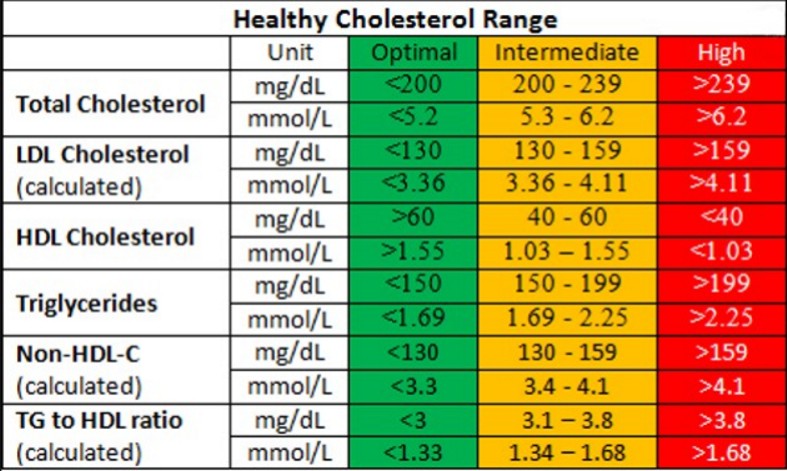 6%, or up to 114 mg/dL, is recommended for healthy non-diabetic adults.
6%, or up to 114 mg/dL, is recommended for healthy non-diabetic adults.
6.5%, or 140 mg/dL – in young diabetic patients on medications that do not cause hypoglycemia, people with compensated type 2 diabetes, in the absence of cardiovascular disease and an expected high life expectancy.
Up to 7%, or up to 154 mg/dL, for most diabetics, except pregnant diabetics.
Up to 8%, or 183 mg/dL, for people with a long history of diabetes or severe diabetes, limited life expectancy, complications, or poor response to treatment.
► Why is it important to reduce A1c?
Many studies have shown that reducing this indicator slows the progression of diabetes and reduces the risk of complications, especially neurological disorders and cardiovascular disease.
There are no single methods that are suitable for all patients. Many factors, including the type of diabetes and overall health, can play a role. It is advisable to consult a nutritionist and your doctor about this.
The American Diabetes Association (ADA) notes that most adults with diabetes should aim to have A1c below 7%. There are different ways to achieve this – exercise, diet, medication.
► Tips for reducing A1c
• Exercise: Current recommendations for an adult should be at least 150 minutes of moderate exercise a week. If a person takes insulin or has concomitant diseases, then you should consult a doctor about this.
• Activities of daily living: Housework, gardening, and other natural activities can help a person move normally.
• Blood sugar monitoring: it is important that the patient performs tasks and makes necessary lifestyle changes. You can measure the level of sugar with a glucometer (mad sukar), which allows you to do this at any time. People who receive insulin injections several times a day need to take measurements continuously (they are entitled to receive the corresponding device from the health insurance fund). If a person is not on insulin and does not need regular dose adjustments, one can connect to a continuous blood glucose meter (haishan sukar racif) to study the change in blood sugar even more deeply than the A1c test allows, and use a home glucometer the rest of the time.
►Healthy lifestyle tips
• Maintaining a normal weight: it is advisable to consult a nutritionist for this to determine realistic weight loss goals. Some diabetes medications can help you lose weight.
• Change tracking: this allows you to understand which way to improve performance is appropriate for a given patient.
• Involving others: sometimes you need the help and support of others to change your lifestyle.
• Proper nutrition: this is a diet rich in vegetables, foods with a low glycemic index, containing all the basic substances (proteins, fats, carbohydrates, vitamins, minerals, fiber). This diet should be selected individually. Proper nutrition is important for blood sugar control. This may help maintain the desired A1c level.
People who have diabetes should eat enough vegetables, their diet should contain enough protein. Avoid foods with added sugar and limit your intake of trans fats and processed foods.
The author is a diabetologist from the Diabetes Clinic of the Maccabi Health Insurance Fund and the Integrative Diabetes Clinic.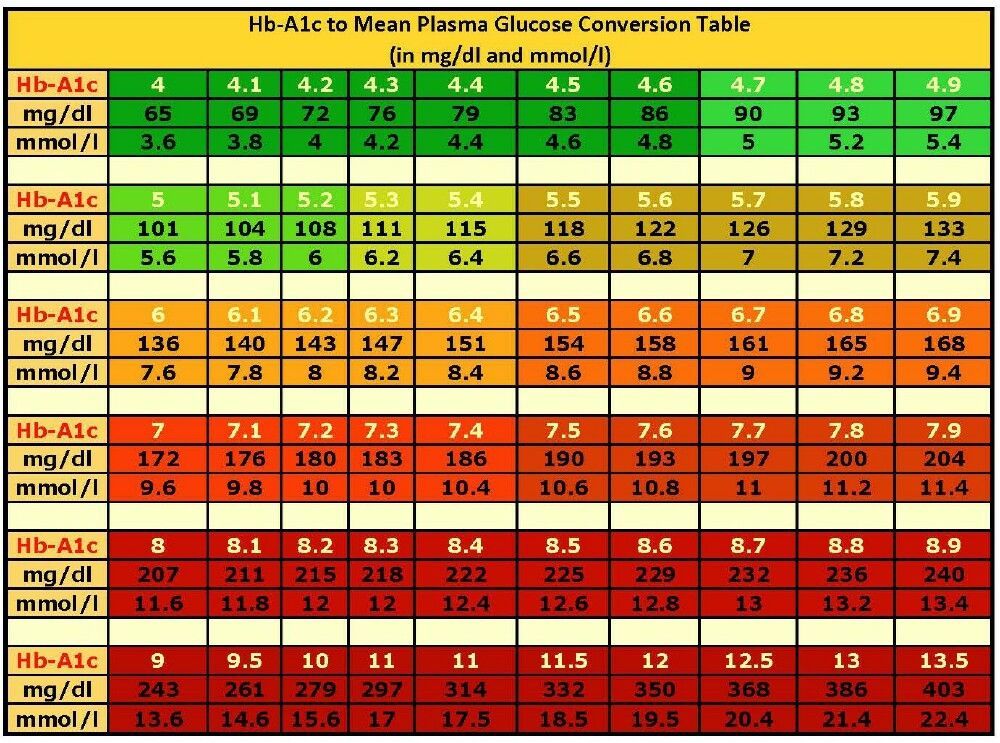
Abbreviated. Read more in Hebrew here
Glycated hemoglobin: blood test
| Glycated hemoglobin (A1C) | The service is temporarily not available | |
The level of glycated hemoglobin is an indicator that reflects the average concentration of glucose in the patient’s blood over 3 months. Glycating hemoglobin is a chemical compound of hemoglobin (a protein found in erythrocytes and performing the function of delivering oxygen to cells and tissues) with glucose.
Measurement of glycated hemoglobin in a patient will show both compliance with the recommendations of the attending physician regarding the diet (during a direct study at the reception, there may be distorted results – for example, a person did not have breakfast on purpose), and the dynamics of the patient’s condition.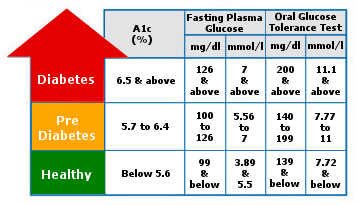
The norm for women and men
The norm of glycated hemoglobin for men and women is the same, does not depend on gender. Glycated hemoglobin also does not differ in age: there are certain percentage limits for the content of this type of hemoglobin in the blood relative to the entire hemoglobin fraction.
4.27-6.07% is considered acceptable. This is the norm of glycated hemoglobin, and if the patient’s value is in the specified range, then the person is healthy and cannot be diagnosed with diabetes mellitus.
The results of the studies can be visualized in the table of glycated hemoglobin, which indicates the levels of the indicator and the patient’s condition.
Table 1. The result of the study on the level of glycated hemoglobin
| Laboratory value of the indicator | Research result |
| 4-6.2% | The patient is absolutely healthy, the glucose level is normal. A person is not at risk of developing diabetes mellitus A person is not at risk of developing diabetes mellitus |
| 5.7-6.4% | The patient is in a state of pre-diabetes (in this case, the tolerance of cells to glucose receptors is impaired, and there is a high risk of developing diabetes) |
| 6.5% or more | The patient has diabetes mellitus – medical intervention is required |
The norm of glycated hemoglobin in women does not differ from the normal value in men.
Carefully monitor the level of glycated hemoglobin: the higher the percentage value, the faster the risk of complications of diabetes increases!
What does glycated hemoglobin show?
The doctor prescribes an examination in order to assess the state of the patient’s body:
- Timely and high-quality control of blood glucose levels in patients suffering from diabetes mellitus.
 For people with diabetes, it is very important to control a certain level of glucose in the blood: firstly, for good general well-being, and secondly, to prevent the formation of complications. A long period of increased glucose levels threatens with complications in the form of impaired function of the kidneys, eyes (development of diabetic retinopathy), cardiovascular and nervous systems.
For people with diabetes, it is very important to control a certain level of glucose in the blood: firstly, for good general well-being, and secondly, to prevent the formation of complications. A long period of increased glucose levels threatens with complications in the form of impaired function of the kidneys, eyes (development of diabetic retinopathy), cardiovascular and nervous systems. - Track the patient’s blood glucose levels over the last 2-3 months. The uniqueness of the study lies in the fact that the doctor receives data not only at the time of the patient’s visit, but also in dynamics: the level of glycated hemoglobin will provide information on the concentration of blood glucose over a long period.
- Monitoring of treatment dynamics. Thanks to the diagnosis, the doctor will evaluate the correctness and effectiveness of the treatment tactics, if necessary, will adjust the dosages of the drugs.
- Preventive measure.
 Even healthy people are advised to check glycated hemoglobin in order to diagnose the development of diabetes in time at an early stage. Early diagnosis, as you know, allows you to more effectively and quickly suppress the progression of the disease.
Even healthy people are advised to check glycated hemoglobin in order to diagnose the development of diabetes in time at an early stage. Early diagnosis, as you know, allows you to more effectively and quickly suppress the progression of the disease.
What else does glycated hemoglobin show? Determination of the norm of glycated hemoglobin helps to detect and track sudden rises in glucose levels in patients with diabetes mellitus, which was diagnosed only recently. At the same time, the doctor can prescribe the study several times until he is convinced that the patient has a normal blood glucose level, and you can simply continue the therapy regimen.
Then, several times a year, you need to take a test to confirm the normal level of glucose in the blood.
How to test for glycated hemoglobin?
Blood sampling for examination is performed from a vein . Diagnosis does not require special preparation rules, you should only follow small general recommendations. The patient, as well as before other tests, should not eat 2-3 hours before blood sampling, it is only allowed to drink clean still water. 30 minutes before the study, you should not smoke, and it is also necessary to exclude physical and emotional stress.
The patient, as well as before other tests, should not eat 2-3 hours before blood sampling, it is only allowed to drink clean still water. 30 minutes before the study, you should not smoke, and it is also necessary to exclude physical and emotional stress.
Analysis for glycated hemoglobin – how to donate blood ? There are no specific features when taking blood from a vein for the study of glycosylated hemoglobin. According to the standard algorithm for taking blood from a vein, the patient enters the manipulation room and takes a comfortable position. At the same time, he puts his hand on a special hard roller, slightly bending it in the area of the elbow joint. The nurse bandages the arm above the elbow with a special tourniquet.
The medical officer evaluates the condition of the patient’s veins, selects the most filled vein, treats this area with alcohol, inserts a needle and draws blood into a vacuum tube.
Then the nurse draws blood up to a special mark, removes the needle. A cotton ball is applied to the puncture site.
A cotton ball is applied to the puncture site.
There is also a scheme for taking blood using a disposable syringe, however, in modern laboratories, a system of vacuum tubes is used – in this case, the likelihood of contact of the patient’s blood with the surface of the skin of medical personnel is reduced, and the risk of damage to blood cells is also reduced.
Then the material is sent for diagnosis, and after a while the patient receives the results of the study, with which he is sent to the attending physician.
Study features
The level of glycated hemoglobin may increase under the following conditions:
- the risk of developing diabetes mellitus or the presence of this disease;
- lack of vitamin B12, as well as iron – both components are closely related to hemoglobin metabolism;
- active use of alcohol or alcoholic beverages, alcoholism;
- a pronounced decrease in the acidity of erythrocytes;
- chronic renal failure, impaired renal function;
- genetic or biochemically caused disorders in the protein composition of the blood;
- increased erythrocyte lifespan;
- on the background of active use of opiates.



 Last reviewed April 2018. Accessed October 3, 2022.
Last reviewed April 2018. Accessed October 3, 2022.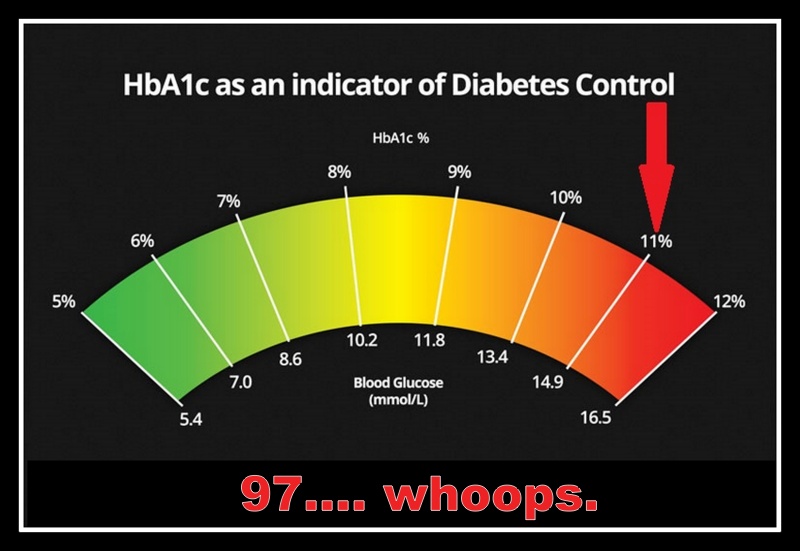 For people with diabetes, it is very important to control a certain level of glucose in the blood: firstly, for good general well-being, and secondly, to prevent the formation of complications. A long period of increased glucose levels threatens with complications in the form of impaired function of the kidneys, eyes (development of diabetic retinopathy), cardiovascular and nervous systems.
For people with diabetes, it is very important to control a certain level of glucose in the blood: firstly, for good general well-being, and secondly, to prevent the formation of complications. A long period of increased glucose levels threatens with complications in the form of impaired function of the kidneys, eyes (development of diabetic retinopathy), cardiovascular and nervous systems. Even healthy people are advised to check glycated hemoglobin in order to diagnose the development of diabetes in time at an early stage. Early diagnosis, as you know, allows you to more effectively and quickly suppress the progression of the disease.
Even healthy people are advised to check glycated hemoglobin in order to diagnose the development of diabetes in time at an early stage. Early diagnosis, as you know, allows you to more effectively and quickly suppress the progression of the disease.